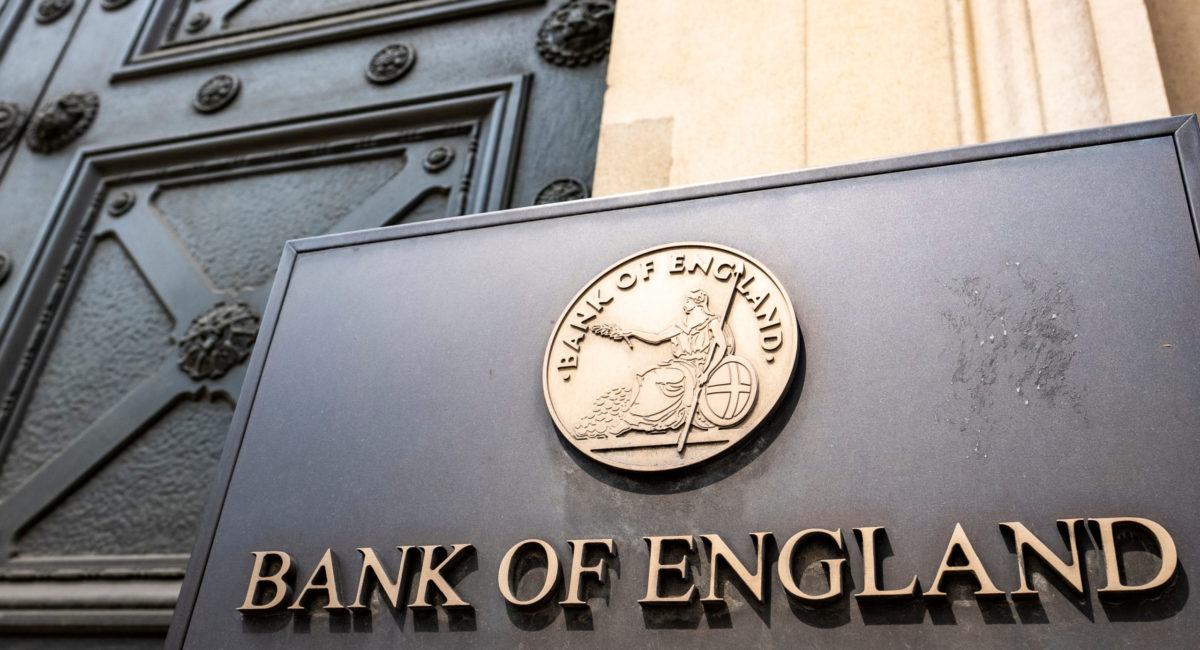Childhood malnourishment could rise sharply under government calorie-cutting plans, finds new IEA study
SUGGESTED



- The UK government is urging the food industry to reformulate its manufactured products to reduce sugar, fat, and calories by 20% to address childhood obesity.
- New modelling shows that if the whole population reduces its calorie intake, as the policy intends, at least two children will become underweight for every case of childhood obesity that is prevented.
- But if households continue to consume the same number of calories – as is more likely – their grocery bills will increase by 10% or almost £400 per year.
- The government’s original modelling failed to consider the impact on underweight children or the potential rise in expenditure on food.
The government’s efforts to cut calories in food could lead to an increase in the number of underweight children, according to new modelling from the free market think tank the Institute of Economic Affairs.
Since 2016, the government has been encouraging food manufacturers to reduce the amount of sugar, fat and calories in their food to tackle childhood obesity. The programme targets of a 20% reduction in calories in manufactured products by 2025. There have been calls to make this target mandatory.
The new Health Secretary, Wes Streeting, has previously urged food companies to “Do reformulation now, make your products healthier now,” before a future government introduces new regulations or new levies.
But Calories Out: The Unintended Consequences of Food Reformulation finds that the official assessment from Public Health England failed to consider the consequences for underweight children or family budgets.
The authors, Professor Gavin Sandercock, Alex Scott-Bayfield, and Dr Christopher Snowdon, model how a 20% calorie reduction would impact children across age groups. They conclude that for every child taken out of obesity at least two would be pushed into the underweight category. This would include an increase in underweight 10-11-year-olds by up to 60%.
Underweight is strongly associated with “increased risk of stroke, asthma, heart attacks, osteoporosis and all-cause mortality”, according to the paper. Children in poorer families are already more likely to be underweight and, therefore, could be particularly affected by the policy.
However, the authors stress that these results are unlikely even if food manufacturers meet the targets for reducing calories. This is because households can be expected to continue consuming the same amount of calories by switching to more calorific alternatives and purchasing more food.
The cost of purchasing additional groceries to make up for lost calories can be expected to increase bills by 10%, adding up to £400 per year for the average family. This will likely hurt the poorest households, who spend a greater proportion of their income on food.
“If they cannot acquire enough calories through their normal basket of goods, they will find high-calorie/low-cost products to use as substitutes, or spend more money on food”, the authors write. “If food companies reduce the size of their products (a common way of meeting Public Health England’s targets), people will simply buy more of them.”
Christopher Snowdon, co-author and IEA Head of Lifestyle Economics, said:
“When Public Health England modelled the impact of its food reformulation scheme in 2018, it deliberately excluded the impact on people who are not overweight or obese. This was a serious omission. Cutting calories from a huge number of food products will increase the number of dangerously underweight people unless they compensate by buying more food. In practice, people of all shapes and sizes probably would buy more food under such a system. If so, reformulation would cost households dearly and achieve nothing.
“Advocates of food reformulation cannot have it both ways. Either it would make everyone eat less, in which case there will be a sharp rise in the number of underweight children, or consumers will get around it by eating more, in which case it is a pointless endeavour that would increase the cost of living.”
Gavin Sandercock, co-author and Professor of Sports and Exercise Science at the University of Essex, said:
“Our modelling shows that the minor benefits of food reformulation to our children are heavily outweighed by the negative effects which this would have on the weight status of the population as a whole. The unintended consequence would be to drive more children toward being underweight.”
Alex Scott-Bayfield, co-author and director at Fitmedia, a children’s physical assessment company, said:
“This is the first study of its kind to look in detail at the wider consequences of the food reformulation scheme. It clearly shows that, if it works as intended, it would result in more people being underweight. Worse yet, the unintentional victims of the policy are concentrated within low income families who are already at risk of additional adverse health outcomes. Furthermore, these unintentional deleterious effects will likely have been exacerbated in the last few years, both by the cost of living crisis and acutely by the Covid pandemic.”
ENDS
Notes to Editors
Contact: media@iea.org.uk / 07763 365520
Read a copy of Calories Out: The Unintended Consequences of Food Reformulation.
- The authors used a model based on the principle of ‘energy flux’ to estimate the impact of the proposed calorie reductions. This estimates the average weight loss from the proposed calorie deficit, applies it to the current weight distribution, and measures how the prevalence of underweight and obesity is predicted to change as a result.
- The authors’ model shows that if the 20% reduction target were achieved, the increase in underweight prevalence would be substantially larger than the decrease in obesity prevalence for both Reception year and Year 6 children.
- If the 20% reduction target were achieved, a 0.8-1.3 percentage point decline in obesity among Reception year (5/6-year old) children would come with a 3-4.8 percentage point increase in the prevalence of underweight Reception children.
- Among Year 6 children (10/11-years old), a 0.2-1.1 percentage point decrease in obesity would coincide with a 2.1-4.1 percentage point increase in underweight prevalence:
- There are a disproportionate number of school children closer to being underweight than obese and the effect of the government’s food reformulation plan:
- Cost of calorie reduction per household: It has been estimated that just over half (50.4%) of food bought by families in the UK is ‘ultra-processed’. If the 20% reduction targets were met and consumers continued to purchase the same number of calories from these products, the cost of their food shopping would increase by 10%. The average spend per person on weekly shop is £32.17, the average household size is 2.36. This means the average household spends £3947.90 per year (32.17 x 2.36 x 52) on food. A 10% increase in cost of food per household would be £394.80.
The mission of the Institute of Economic Affairs is to improve understanding of the fundamental institutions of a free society by analysing and expounding the role of markets in solving economic and social problems. The IEA is a registered educational charity and independent of all political parties.



